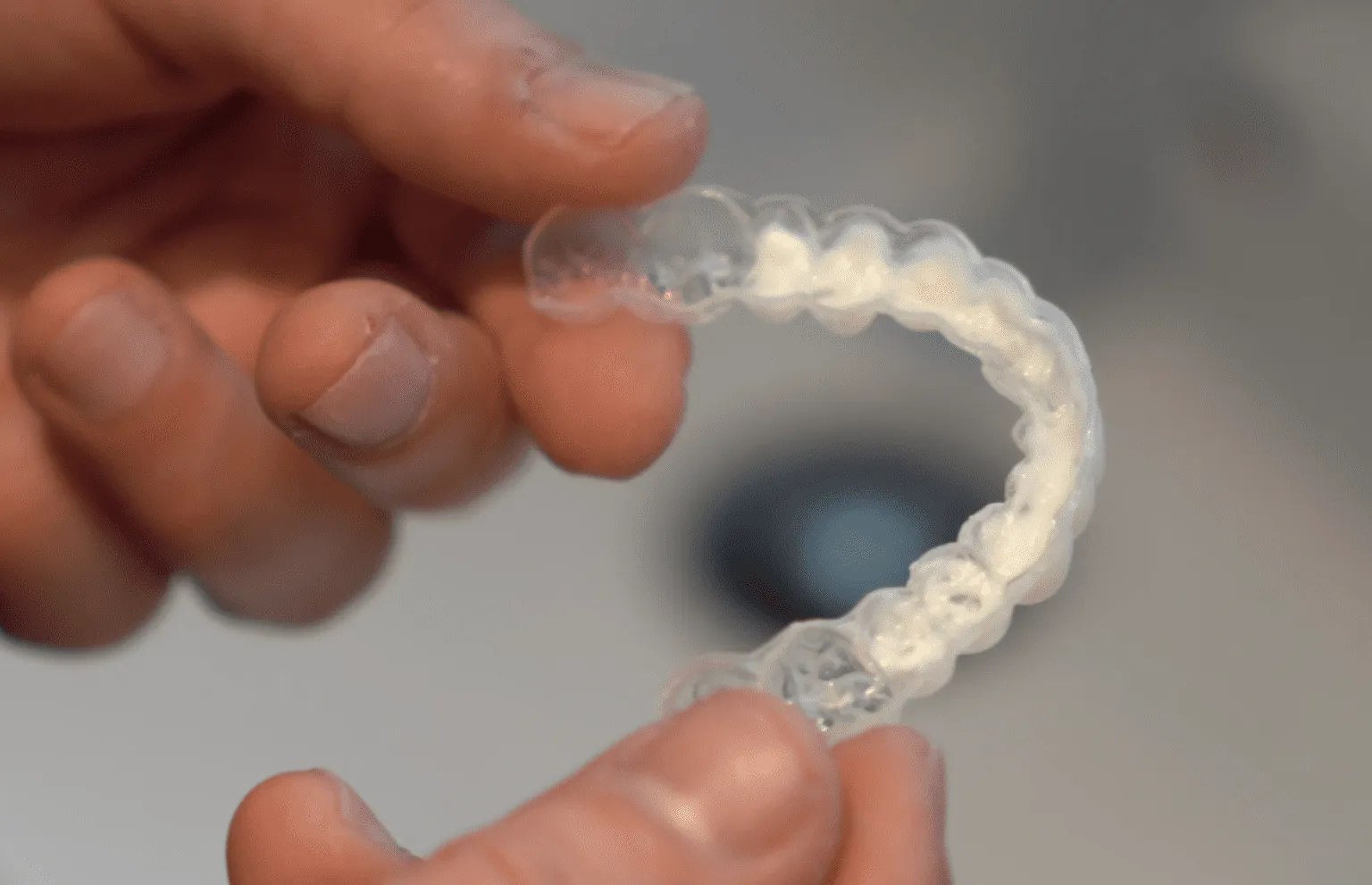What Is Teeth Whitening with Foil?
Teeth whitening with foil is a DIY method that has gained some popularity as a quick and cost-effective way to brighten your smile. This approach typically involves using household materials like tin foil and a whitening agent, often a mixture of baking soda and hydrogen peroxide. The foil is used to create a close contact between the whitening agent and the tooth surface, with the aim of enhancing the bleaching process. While it may seem simple, it is crucial to understand both the potential benefits and the risks associated with using foil for teeth whitening. The effectiveness of this method is a subject of debate, with many dental professionals advising caution.
Understanding the Science Behind Foil Whitening
The science behind teeth whitening with foil revolves around the use of chemical agents to break down stains on the enamel surface. Hydrogen peroxide, a common ingredient in whitening mixtures, acts as an oxidizing agent. It penetrates the enamel and dentin, reacting with the stain molecules and breaking them into smaller, less visible particles. The foil is thought to aid this process by holding the whitening agent close to the teeth and creating a barrier that could potentially enhance penetration. However, the effectiveness of foil in this context is not scientifically proven. The concentration of the whitening agent and the duration of its contact with the teeth are critical factors in the whitening process. The use of foil, in theory, could increase the contact time, but this is not a scientifically validated method.
Is Foil Whitening Safe?
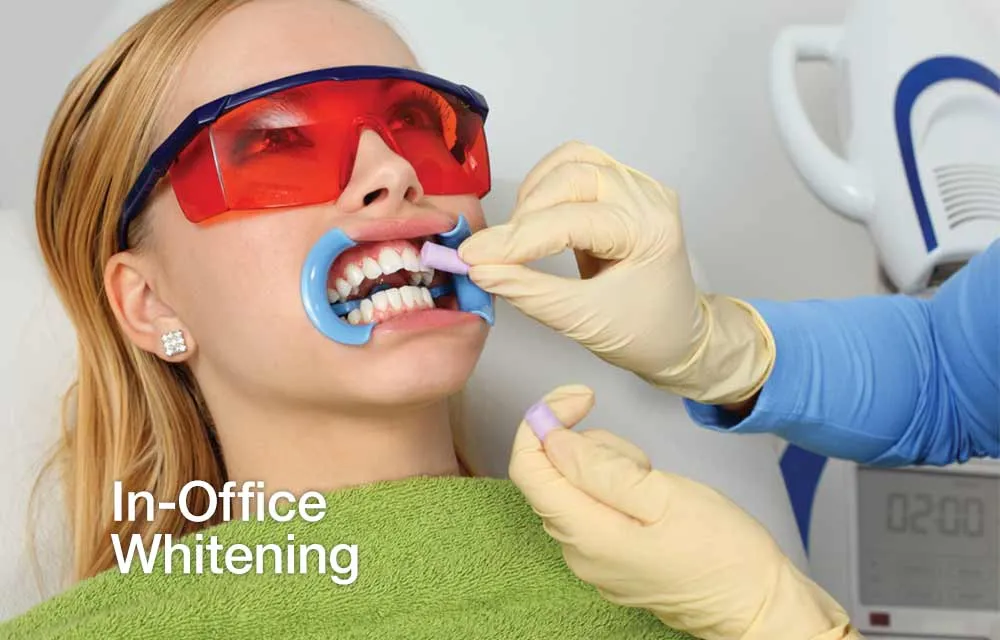
The safety of foil teeth whitening is a topic of concern among dental health professionals. While the concept of using household items may seem harmless, there are several potential risks associated with this method. The use of abrasive materials can damage the enamel, leading to increased sensitivity and a higher risk of cavities. Additionally, the improper application of whitening agents can cause gum irritation and chemical burns. The concentration of the whitening agent, the contact time, and the individual’s oral health condition all play a role in determining the safety of the method. Consultation with a dentist is crucial before considering any DIY teeth whitening methods, including foil whitening, to assess the risks and ensure the best approach for your oral health.
Potential Risks of Foil Teeth Whitening
Using foil for teeth whitening comes with several potential risks that should be carefully considered. One of the primary concerns is tooth sensitivity. The whitening agents can penetrate the enamel, leading to increased sensitivity to hot and cold foods and beverages. Another risk is gum irritation or chemical burns. If the whitening agent comes into contact with the gums for an extended period, it can cause inflammation and discomfort. Damage to the enamel is another possibility, especially with abrasive DIY mixtures, increasing the risk of cavities and long-term dental problems. Finally, uneven whitening can occur if the application is not uniform, resulting in an inconsistent appearance. It’s important to evaluate your oral health and potential adverse effects before opting for foil teeth whitening.
How to Use Foil for Teeth Whitening
The process of using foil for teeth whitening typically involves preparing a whitening mixture, applying it to the teeth, and then covering the teeth with foil. The first step is to create the whitening agent, often using baking soda and hydrogen peroxide. The mixture is then applied to the teeth, ensuring that all surfaces are covered. Next, a strip of tin foil is carefully placed over the teeth, wrapping around them to create a close seal. It is important to ensure the foil does not touch the gums. Finally, the foil is left on for a certain period, often between 5 to 15 minutes. Following these steps requires careful application to minimize potential damage. Regular consultation with a dentist is advisable before starting any DIY teeth whitening procedure to make sure it aligns with your oral health needs.
Step-by-Step Guide to Foil Whitening
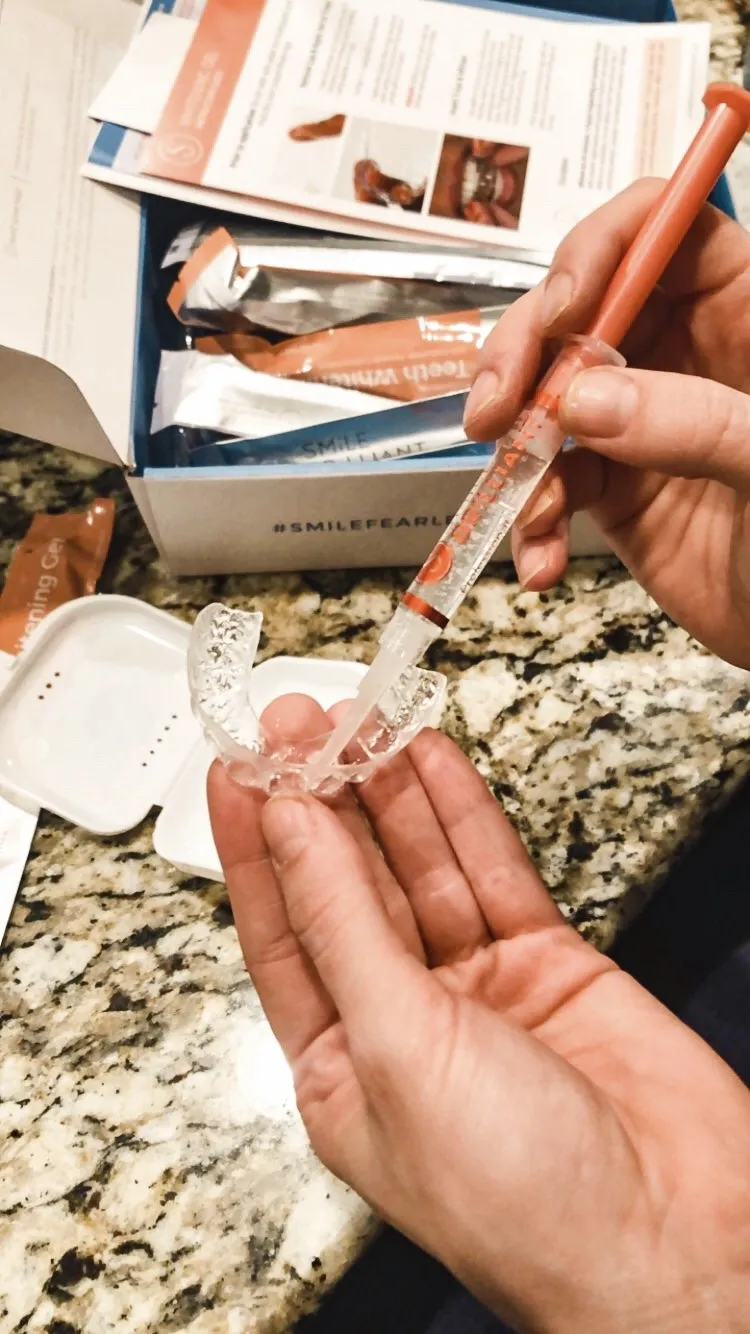
Here’s a step-by-step guide on how to attempt teeth whitening with foil, though it’s crucial to remember that this method is not recommended by dental professionals, and you should consult a dentist before proceeding. First, clean your teeth thoroughly to remove any plaque or food particles. Then, prepare your whitening mixture, usually by mixing baking soda and hydrogen peroxide to form a paste. Apply the paste to each tooth, ensuring an even coating across the surface. Cut a strip of tin foil large enough to cover the teeth, carefully placing it over your teeth to cover them completely, taking care not to touch the gums. Leave the foil in place for the recommended time (often 5-15 minutes), then remove the foil and rinse your mouth thoroughly with water. Note that you should watch for any adverse reactions such as sensitivity or irritation, and cease usage if any symptoms appear.
Materials You Will Need
When attempting teeth whitening using foil, you will need to gather a few materials. These typically include baking soda, often used as a mild abrasive. Hydrogen peroxide, commonly available at pharmacies, acts as a bleaching agent. You’ll also need tin foil, cut into strips wide enough to cover your teeth, to create a barrier for the whitening agent. A small bowl and spoon or mixing tool are required for blending the ingredients. Finally, make sure you have a toothbrush and water to clean your teeth before and after the procedure. It’s important to ensure that all materials are of good quality and that you are aware of the potential risks. Always keep the ingredients away from children and pets, and consider consulting your dentist before proceeding.
Application Process
The application process is a crucial step in teeth whitening with foil. Begin by thoroughly cleaning your teeth to remove any surface debris, which is essential for the whitening agent to work effectively. Next, mix the whitening agent (often baking soda and hydrogen peroxide) into a paste. Apply the paste evenly to each tooth surface, making sure to cover all areas. Once your teeth are coated, carefully place the foil over your teeth, wrapping it around to provide close contact. Ensure the foil does not touch your gums, as this can cause irritation. Leave the foil in place for a specified time, usually between 5 to 15 minutes, monitoring for any signs of sensitivity or irritation. Finally, remove the foil, rinse your mouth thoroughly with water, and brush your teeth gently to remove any remaining residue. Keep in mind that if you experience any discomfort, discontinue immediately.
Aftercare and Maintenance
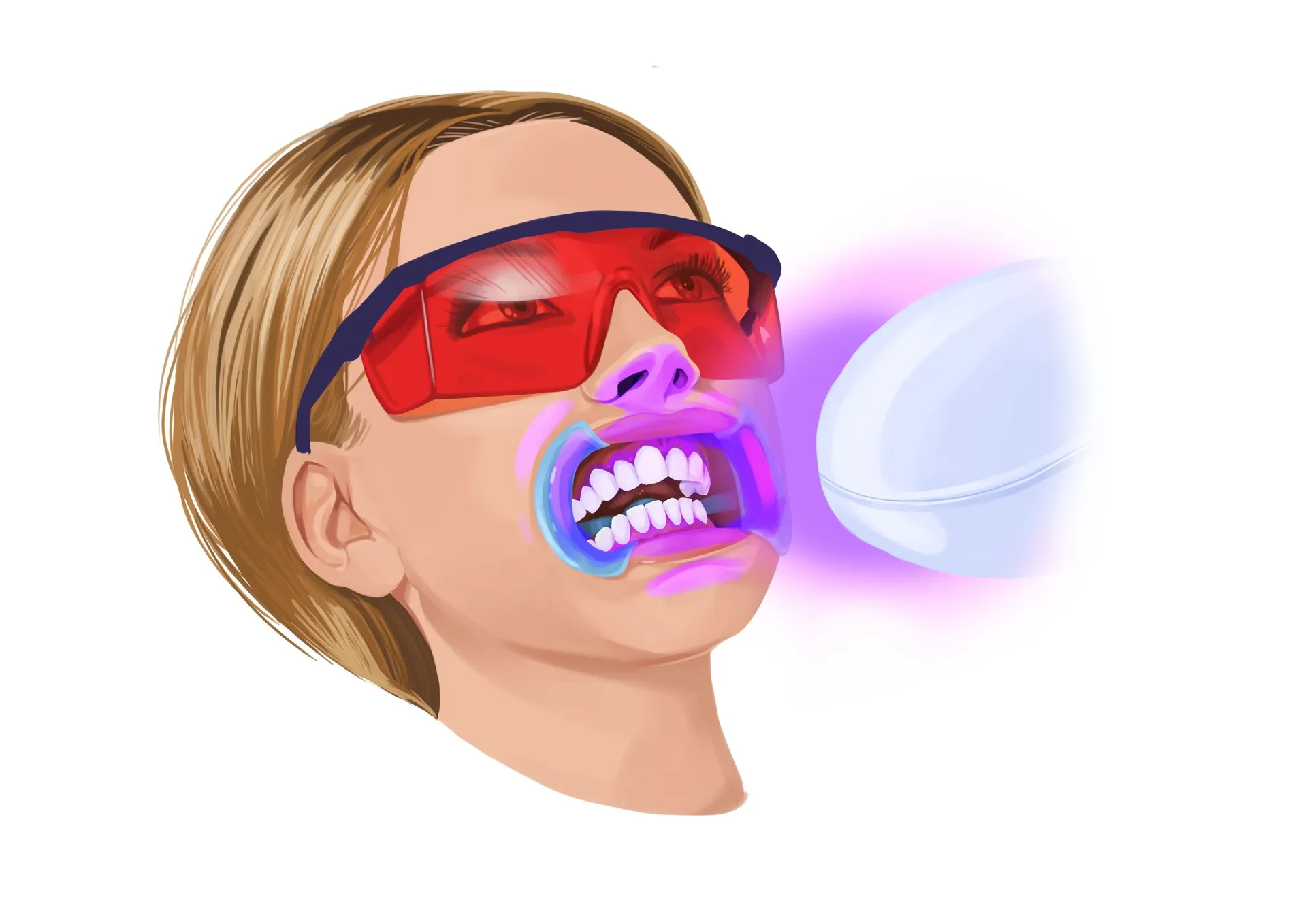
Proper aftercare and maintenance are essential to maximize the effectiveness of teeth whitening and maintain your results, especially when attempting DIY methods like foil whitening. After each session, rinse your mouth thoroughly with water, and brush your teeth gently. Avoid consuming staining foods and drinks such as coffee, tea, red wine, and berries for at least a few days after each whitening session. Maintaining good oral hygiene practices, including regular brushing, flossing, and using a fluoride toothpaste, is critical to keeping your teeth healthy and bright. Regular dental check-ups and cleanings can also help monitor the condition of your teeth and address any potential issues promptly. Consider using a sensitivity toothpaste if you experience any discomfort after whitening.
Alternatives to Foil Teeth Whitening
There are several alternatives to foil teeth whitening that are generally considered safer and more effective. One option is using over-the-counter whitening products, such as whitening strips, gels, and toothpastes, that contain a lower concentration of hydrogen peroxide or other whitening agents. Another alternative is professional teeth whitening, performed by a dentist, which offers more potent whitening results with close supervision. Other methods include using whitening toothbrushes or specially formulated mouthwashes. Each alternative method has its pros and cons, so it is important to carefully consider your personal needs, preferences, and dental health before making a decision. Consulting with your dentist is also recommended to determine the best option for your individual circumstances and to prevent any health risks.
Professional Whitening Options
Professional teeth whitening offers a more reliable and controlled approach to achieving a brighter smile. Dentists use high-concentration bleaching agents, often hydrogen peroxide, to remove deep stains and discoloration. The process involves applying the whitening agent to the teeth and activating it with a special light or laser, which enhances the bleaching process. Professional whitening is performed under the supervision of a dental professional, which minimizes the risk of gum irritation and sensitivity. The results are typically more dramatic and long-lasting than those achieved through DIY methods. Moreover, dentists can assess your oral health and recommend the most suitable whitening treatment based on your needs. In-office whitening is usually faster and more effective, and custom-made trays for at-home use can also be provided by your dentist.
Over-the-Counter Whitening Products
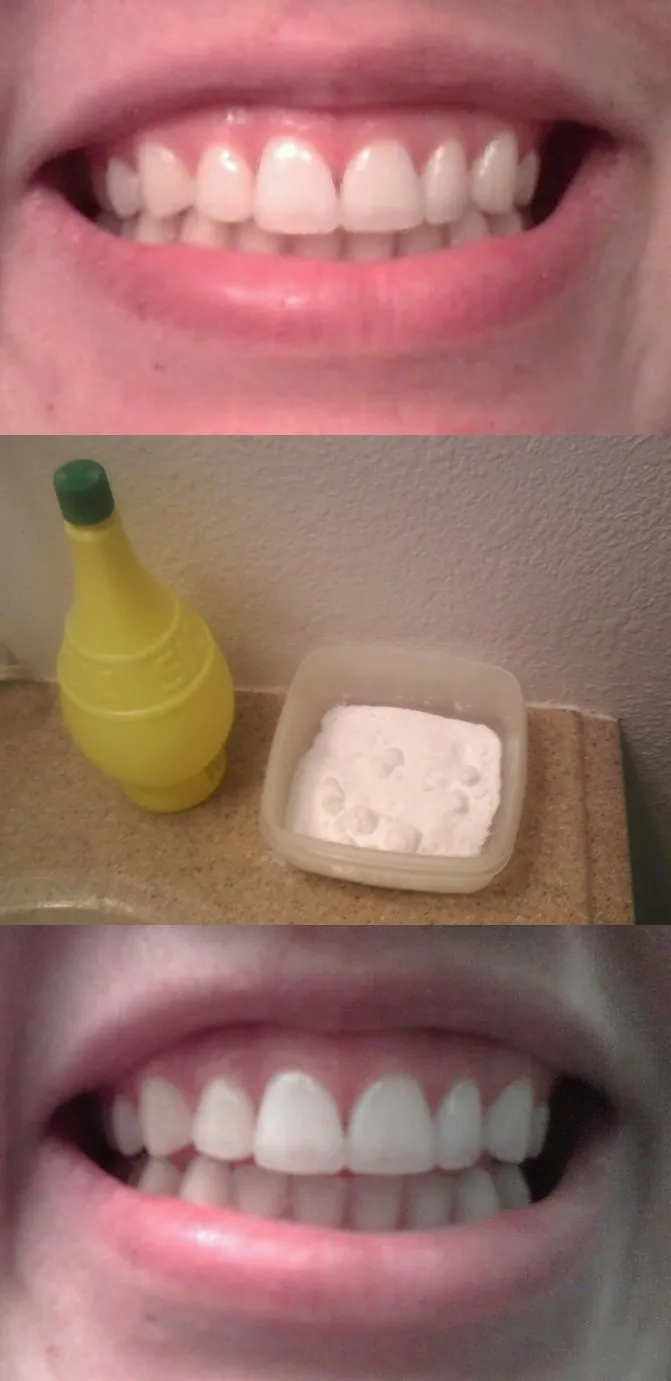
Over-the-counter (OTC) whitening products provide a convenient and accessible option for teeth whitening. These products include whitening strips, gels, toothpastes, and mouthwashes that contain lower concentrations of active whitening ingredients, typically hydrogen peroxide or carbamide peroxide. Whitening strips are easy to use and are applied directly to the teeth, while gels can be applied using a tray. Whitening toothpastes and mouthwashes contain mild abrasives and whitening agents that can help remove surface stains. OTC products are generally safe when used as directed, but the results may be less dramatic than professional treatments. It’s important to carefully follow the product instructions and consult a dentist if you have any questions or concerns. Be mindful of the ingredients and be wary of any product that causes irritation or significant sensitivity.
Comparing Foil Whitening with Other Methods
When comparing foil teeth whitening to other methods, it’s crucial to consider various factors, including safety, effectiveness, and cost. Professional teeth whitening performed by a dentist generally offers the most effective and safest results, but it is often the most expensive option. Over-the-counter products, such as strips and toothpastes, are more affordable and convenient but might not deliver significant results for deep stains. Foil whitening, using DIY methods, is very low-cost, yet carries higher risks and is often less effective. The potential for tooth sensitivity, gum irritation, and enamel damage is higher with DIY methods. Ultimately, the best choice depends on individual circumstances, oral health, and budget, but it is always recommended to discuss the options with your dentist to make an informed decision.
Pros of Foil Whitening
The primary appeal of teeth whitening with foil lies in its low cost and accessibility. The materials needed, such as tin foil and baking soda, are readily available in most households, eliminating the need for expensive professional treatments or specialized products. Moreover, the method appears simple to apply, making it accessible to individuals seeking a DIY approach. However, it is important to emphasize that the actual benefits of foil whitening are not scientifically proven, and the potential risks may outweigh the perceived advantages. Although it is a quick and potentially easy method, it does not provide the same level of efficacy and safety as other methods and poses risks, such as tooth sensitivity and gum damage. Always weigh the benefits against the risks and discuss them with your dentist.
Cons of Foil Whitening

There are several significant cons associated with teeth whitening using foil. One of the primary concerns is the lack of scientific evidence supporting its effectiveness. The potential for tooth sensitivity and gum irritation is high due to the use of abrasive ingredients and the potential for contact with the gums. Damage to the enamel, which can lead to increased risk of cavities and other dental problems, is another serious concern. The method is not as effective as other options, such as professional whitening, and the results are often short-lived. Improper application can lead to uneven whitening, creating a patchy appearance. Given these significant drawbacks, it is advisable to consult a dentist for safer and more effective alternatives. The potential risks often outweigh any perceived benefits of this DIY method.
Conclusion Is Foil Whitening Right for You?
In conclusion, while teeth whitening with foil may seem like a cost-effective and readily available option, its effectiveness and safety are questionable. The potential risks of tooth sensitivity, gum irritation, and enamel damage far outweigh the unproven benefits. Considering the lack of scientific evidence and the potential for adverse effects, it is advisable to consult a dentist before attempting this DIY method. Professional whitening treatments and over-the-counter products offer safer and more reliable alternatives. Ultimately, the decision of whether or not to use foil whitening should be made in consultation with a dental professional, who can provide personalized advice based on your oral health needs. Prioritizing your dental health and making informed choices is essential for achieving a healthy and bright smile.
